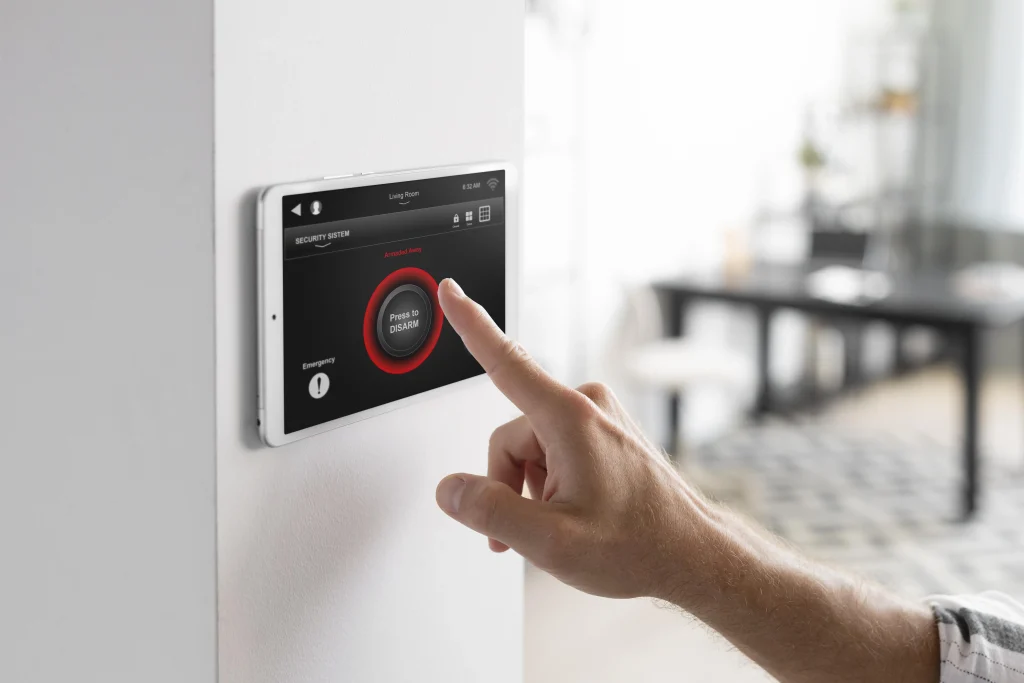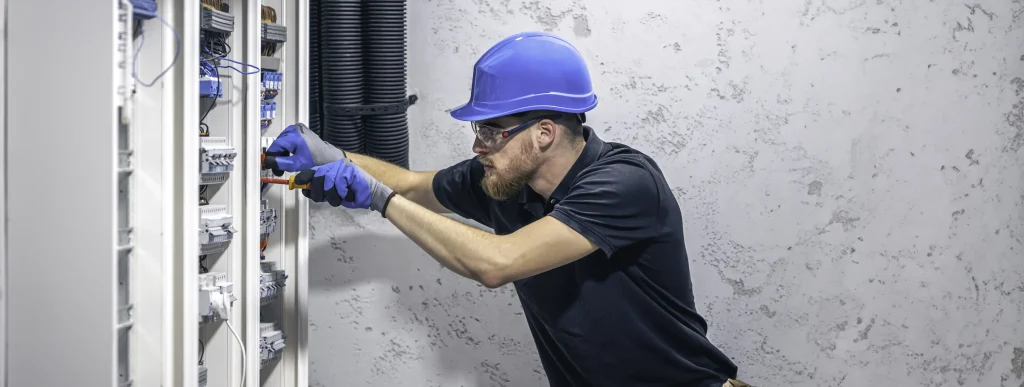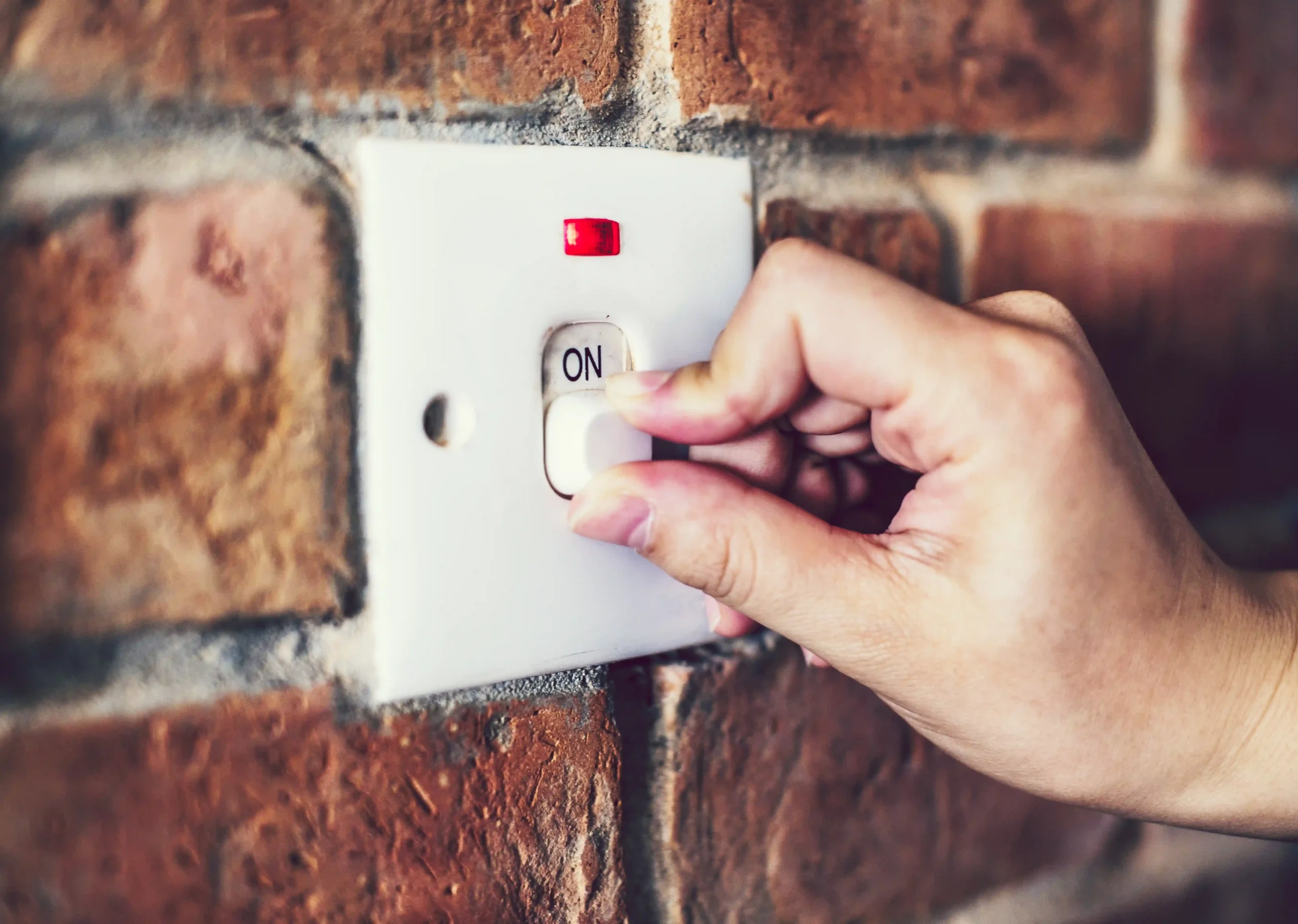Safety Switches Installation in Albany is one of the smartest and most cost-effective safety decisions a homeowner can make. Whether you’re in a newer build or an older home, installing safety switches (also known as residual current devices or RCDs) adds a powerful layer of protection against electrical faults, shocks, and fires. These devices work silently in the background, constantly monitoring the flow of electricity. The moment they detect an irregularity—like current leaking from a damaged wire or faulty appliance—they cut the power in milliseconds, stopping a potential disaster before it starts.
They’re not just a backup plan—they’re your first line of defence. For example, if a toaster malfunctions or a bathroom heater starts shorting out, a safety switch shuts it down instantly, protecting you and your family from serious harm. Electrical regulators often describe them as “the single most effective measure to prevent electrocution, serious injuries and electrical fires at home.” That’s not an exaggeration—these devices save lives every year.
Homes in Albany face unique risks too. From unpredictable summer lightning storms to power surges caused by remote-area generators, the conditions here make electrical protection even more critical. If your switchboard hasn’t been upgraded in years, it might not have enough RCDs to cover all your circuits. With Safety Switches Installation in Albany, you’re ensuring every zone in your home—kitchen, bathroom, outdoor sheds, pool pumps, and even hot water systems—is protected by fast-reacting technology. Think of it as giving your home a smart safety net.

As the Queensland Electrical Safety Office explains, “Safety switches will turn off the electricity… within milliseconds of a fault to protect you from a serious electric shock.” In rural Albany and its surrounds, where properties may have extended outdoor wiring or additional power needs, that kind of protection is essential—not optional.
Every circuit in your home deserves its own safety switch. It’s not just about compliance—it’s about safeguarding the people you care about. No matter how new or well-maintained your home is, faults happen. And when they do, you want a system that acts instantly.
Meet RCDs: Your Quick-Trip Lifesavers
A safety switch (aka RCD) might look like just another switch in your board, but it’s wearing superhero cape. Here’s the science: when you flip on the juice to your living room or plug in the kettle, an equal amount of current flows out and comes back. The safety switch constantly compares these two currents. If it notices a mismatch (like 0.03 amps leaking somewhere unwanted), it snaps off almost instantly. In testing, that is typically within about 300 milliseconds – fast enough that people generally feel nothing at all. Even if your hand was on the kettle at the moment, the switch interrupts the current so quickly it’s as if the path to ground is suddenly severed. That tiny extra time is the difference between a scary shock and being completely unharmed.
Importantly, safety switches protect people, not just equipment. Unlike ordinary fuses or circuit breakers that only care about a lot of current (overloads or short circuits), an RCD watches for any abnormal leakage. So it catches small, dangerous faults that a breaker won’t. For example, if a hair dryer internally shorts to its metal case and energizes it, the RCD trips – even if the breaker never would. As explained by an Australian electrical safety article: “Safety switches protect you from electric shock. They turn off the electricity within milliseconds when a current leak is detected… Circuit breakers and fuses… do not protect people directly, only safety switches do”. In plain terms: your old fuse box might stop fires, but only an RCD stops shocks.
You can see a safety switch’s “T” (test) button; press it to make sure the trip mechanism works. If any lights or outlets cut out, you’re good – that means the switch is doing its job. (If not, time to call an electrician!) The WA government recommends testing RCDs every three months. And as any Albany electrician will tell you: it’s a simple step that could literally prevent an electrocution or fire.
Albany Stories: Why We Care
We Alborians love our great southern beaches and bushland, but we also know nature can turn chaotic. Remember that time last summer when lightning danced across the sky over Middleton Beach and power tripped all night? In moments like that, we’re reminded that we don’t just worry about lights flickering; we worry about vulnerable things – children, pets, grandparents. Picture a scenario: little Timmy is splashing in his bathtub during a storm, when a stray drop electrocutes a hidden wire. If the safety switch is working, it will cut out before current flows through the water. Without it, the outcome could be tragic.
I had a mate whose backyard shed had a faulty old extension cord. One rainy evening, while he was tinkering inside, the cord faulted and the RCD tripped. He later said, “That clunk literally saved my life.” For others, it’s missing a tip: When I told my own parents about a safety switch in my Perth home, Dad joked, “Finally something that works faster than me answering the phone!” – but then admitted it gave him peace of mind.
These aren’t horror stories for shock value; they’re everyday reminders why electrical safety in Albany matters. Your home’s wiring is hidden in walls, but the danger is real. By installing safety switches, you’re essentially buying yourself insurance – insurance that you and your family get to stay whole. It’s like having a second guard dog by the fuse box: it stays asleep until trouble comes, then bam it’s on it.
Why Safety Switches Installation in Albany Is More Than Just a Legal Requirement
Down under, electrical safety is taken seriously. The National Construction Code and various state regulations now expect RCDs. In Western Australia, the rules are clear: you can’t sell or lease a home unless you’ve got safety switches on both the power and lighting circuits. That means at least two RCDs in your switchboard. It’s part of the “switchboard upgrades” needed to buy or rent out property. Also, any substantial renovation or rewire triggers the need for RCD installation. The upshot? Even if your house is older, when you eventually sell or renovate, a qualified electrician must fit those safety switches first.
For a quick rundown, here’s what the law says across Australia:
| State / Territory | Safety Switch Rules (homes) |
| WA | Before sale (or in rentals): at least 2 RCDs – one covering lighting, one for power circuits. |
| QLD | Homes sold after Sept 2002 must have a safety switch for any new electrical work; rentals need RCDs on all outlets. |
| NSW | Required in houses built or fully rewired since 1991. |
| VIC | All new builds and major renovations need a safety switch installed. |
| SA | New homes must have RCDs protecting all power points and lighting circuits. |
| Others | Similar nationwide laws encourage or mandate RCDs to protect households. |
Our great southern residents aren’t on an island here: whether in Perth or Albany, the message is the same – you should have safety switches in your home. Even if your house predates those rules, bringing your switchboard up to code now can avoid headaches (and fines) later. It also ups your property value and comfort knowing the basics are covered. A table like the above might look familiar to tradies, but it’s crucial info: more RCDs = more safety.
Upgrade Your Switchboard – It’s Worth It
If your house was built before the 2000s (or especially before the 1990s), odds are your switchboard could do with an overhaul. Older homes often have vintage fuse boxes or bare circuit breakers without RCD back-up. Upgrading to a modern switchboard with multiple safety switches is a classic “go big or go home” move – except in this case, you go safe. It might cost a bit upfront (call your Albany electrician for quotes – it’s usually a few hundred dollars per RCD plus labour), but compare that to hospital bills or heartache? Not even close.
Bullets for clarity:
- Protect your family: Safety switches catch faults that even brand-new appliances might have. Old or new, any device can develop an earth leakage.
- Prevent fires: Stray current that isn’t grounded can start tiny sparks behind walls. An RCD nips that potential fire hazard in the bud.
- Legal peace-of-mind: Don’t stress about dodgy paperwork. If you ever sell, refinance, or insure, having the correct RCDs in place ticks a big box.
- Storm and surge safety: Albany can get wild weather. Lightning or grid blips can create faults. With safety switches, random surges cut off before toasting your gear or hurting someone.
- Easy tests: Checking is as simple as pressing “T” quarterly. If it trips and resets, you’re good. (Leave the messy bits to your electrician if it fails.)
Speaking of electricians: never try to swap your own safety switch. This isn’t a weekend DIY job – it’s life or death if done wrong. Australian experts strongly advise that only a licensed, insured electrician handle installation. Think about it: you wouldn’t fix your own gas mains or trust a blog for brain surgery. Same for electricity. A pro will ensure the RCD is correctly wired, covers the right circuits, and meets AS/NZS 3000 standards. They carry insurance in case something did go south – which you don’t when DIY-ing high-voltage gear. So, call a reputable Albany electrician, check their credentials, and get that job done safely.

Testing Your Safety Switch: Quick, but Crucial
Once installed, the job isn’t over. Safety switches can wear out (they’re designed to operate many times, but eventually mechanical parts age). To keep yours sharp, you should test every 3 months. It’s super easy: go to the switchboard, tell everyone you’re about to kill the power, and push the little T button on each RCD one at a time. Each one should clunk off (it simulates a fault) and cut power to its protected circuit. Then you simply reset them. If any safety switch doesn’t trip, it’s broken and needs replacement – don’t delay fixing it, because if it’s dead, you won’t be protected during an electrical fault.
Most safety switches have a “T” (test) button. Press it once each quarter to simulate a fault – the switch should trip instantly. It might lose power, but it proves it’s working to protect you.
It may feel inconvenient to lose power for a few seconds, but hey, consider it an investment in your and your loved ones’ safety. It’s literally a life-saving few moments (and it also confirms all your lighting and outlets are still connected to the right RCDs). If an RCD trips unexpectedly often (nuisance trips), that can hint at an underlying wiring issue that an electrician should check. But even if you never see a trip besides your tests, trust that the switch is quietly on guard.
Who to Call: Albany Electricians
Ready to make the smart move? Start by reaching out to an Albany-based licensed electrician who specialises in Safety Switches Installation in Albany. They know local regs and have seen every type of house here – from century-old cottages in Narrikup to modern homes in MiraMar. Local pros can inspect your meter box and let you know how many RCDs you need, or if your entire switchboard needs swapping. Many electricians offer switchboard upgrades as part of a safety package.
In your conversation, you can say: “I want to protect my family and comply with WA rules. Also, I heard RCDs are called safety switches, and I want multiple ones.” A good electrician will explain exactly how each RCD covers certain circuits. They’ll also usually offer to test all existing ones (and educate you how to do your own quarterly test).
Why local? Albany electricians know our unique conditions. They’ll advise if, for instance, a built-in pool pump or new air conditioner needs a dedicated RCD. Plus, by supporting local businesses, we keep the community strong – and often they’ll give you a friendlier, more personalized service than big-city chains.
The Final Spark: Why It’s a Smart Move
At the end of the day, installing safety switches in your Albany home is less about a flashy gadget and more about a mindset. It’s saying, “I care about my home’s safety, I value compliance, and I won’t gamble with electricity.”
- It’s practical: Modern switchboards with RCDs often have room to spare for future circuits (like EV chargers or workshops).
- It’s responsible: You’ve probably upgraded your smoke alarms – this is the electrical equivalent.
- It’s literally life-or-death smart: Time and again, experts have shown RCDs prevent serious injury. They might seem like humble plastic switches, but trust me, in that micro-moment of a fault, they’re doing gigantic work.
So, if you haven’t thought about safety switches yet, consider this your nudge. Picture enjoying summer storms at home, safe under cover, even as the rain sizzles outside. Or think about that feeling of waking in the morning to find the power’s back after an outage – and knowing your house is configured to keep everyone safe through it all.
Ready for that peace of mind? Dial your local Albany electrician this week. Ask them to check your switchboard, install or upgrade your safety switches, and explain testing. (It’s a great step before holiday seasons or just after storms, too.) And while you’re at it, maybe make it a family event – press the test button together and then celebrate with hot cocoa. It’s a small effort for massive peace-of-mind.
Don’t wait for a danger sign. Safety doesn’t shout – it quietly does its job. Make Safety Switches Installation in Albany the smart move, and keep your home powered and your family safe.
Frequently Asked Questions
Do I really need a safety switch in my Albany home?
Yes! In Australia, safety switches (RCDs) are now mandatory in most homes because they prevent electric shocks. In WA you must have at least two RCDs before selling or renting a property. Even if it’s not yet law for your house, installing them is strongly recommended for family safety.
How does a safety switch protect me differently than a circuit breaker?
A circuit breaker only trips when too much current flows (like an overload), protecting wiring. A safety switch (RCD) also looks for any current leaking to earth. If it finds a stray current – say through a person or water – it will instantly cut power. That means it stops dangerous shocks that breakers won’t catch.
How often should I test my safety switch?
At least every three months. Simply press the “T” (test) button on each safety switch in the board. It should click off and cut power to its circuit – then reset it. This quarterly check ensures the switch is working properly. The WA safety guide says, “Check your safety switch… every three months” to keep your protection up to date.
Can I install a safety switch myself?
No, safety switches must be installed by a licensed electrician. Electricity is dangerous and wiring mistakes can cause serious accidents or void insurance. A professional will ensure the RCD is connected correctly and meets Australian standards. It’s safer and legally required to hire a qualified electrician for this job.

